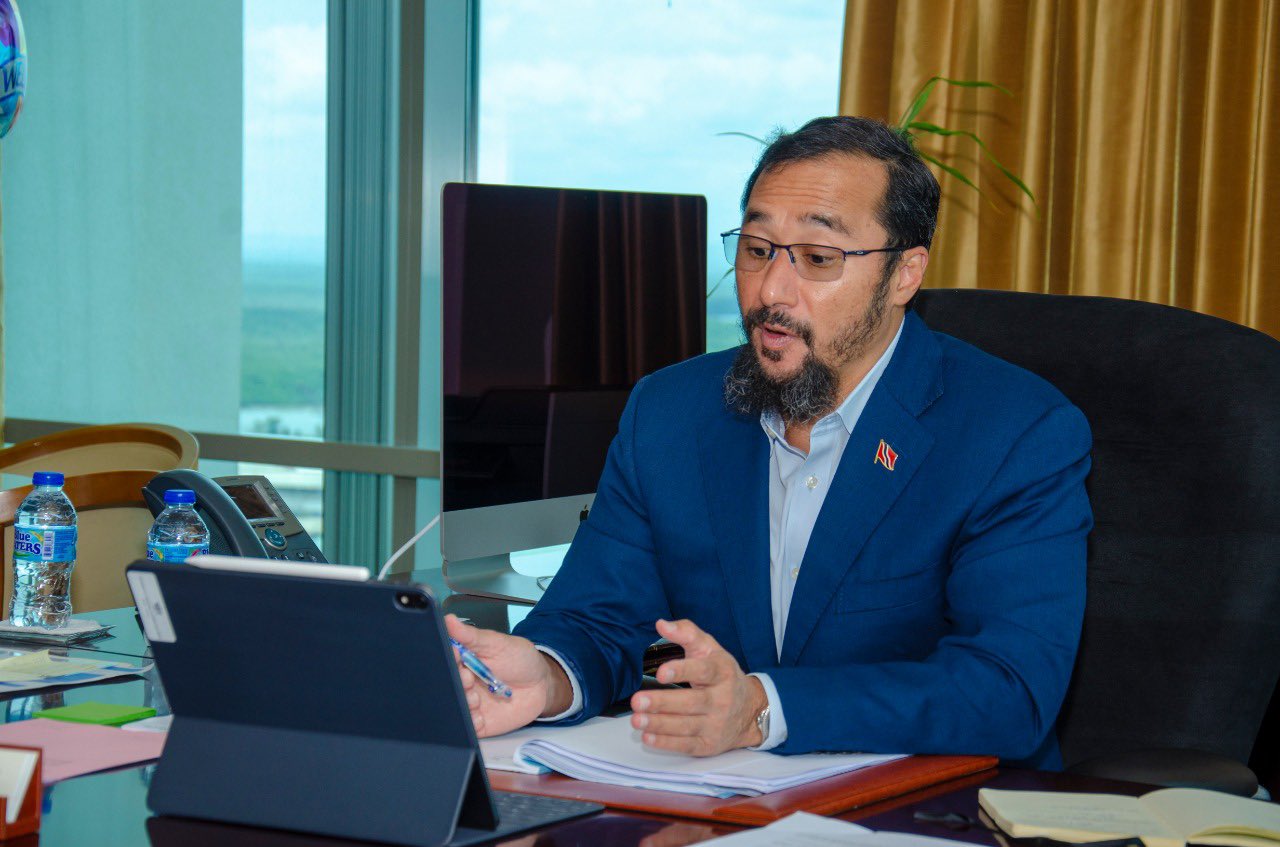
(Energy Analytics Institute, 7.Jun.2021) — Highlights from Trinidad and Tobago’s Energy and Energy Industries Minister Stuart R. Young from his keynote speech done virtually during the Trinidad and Tobago Energy Conference (TTEC) 2021 and regarding the energy transition, natural gas production, and Atlantic LNG, among other topics.
— “We intend to work with the industry to transition to cleaner and more efficient plants and products. There is a lot of opportunity here in Trinidad and Tobago as the plants in the gas sector can be transformed with the right investments to ensure cleaner and lower carbon energy. We will continue to work with the various downstreamers as there are also exciting opportunities in ammonia, methanol and other commodities.”
— “Trinidad and Tobago, as a net exporter of oil and gas, is cognizant of the impact of greenhouses gases on the climate. As a result, the Government has undertaken a number of measures aimed at mitigating the impact of greenhouse gases. In the transportation sector, CNG has been actively promoted as it produces fewer harmful emissions than gasoline. In the power generation sector, we have started the transition to green energy with the planned introduction of new capacity from solar energy and there are plans to utilize excess power in the system to produce hydrogen from electrolysis. ”
— “It is estimated that the country [Trinidad] emits approximately 40 million tons of carbon dioxide which has the potential to be utilized in oil recovery while reducing the country’s carbon footprint.”
— “In 2020, the domestic gas industry experienced a reversal in the upturn in production. This was occasioned by the negative impact of the global pandemic which delayed the implementation of projects, and which resulted in the temporary closure of petrochemical plants due to demand destruction. Major turnarounds were also undertaken at upstream production platforms and at ALNG Train 1 and Train 3. These activities resulted in a reduced gas intake and a curtailment of gas production by upstream companies.”
RELATED STORY: Trinidad Briefs: Bid Rounds, Energy Transition [PDF Downloads]
— “An uplift in gas production is expected in 2021 with first gas from BHP’s Delaware and Ruby fields and Shell’s 5c project comprising its Bounty and Endeavour fields on the East Coast Marine Area. The momentum continues in 2022 with BPTT’s Matapal in the South East Coast Marine Area and its Cassia Redevelopment Project, Shell’s Colibri Project comprising its Cassra and Orchid field in the North Coast Marine Area and EOG’s Osprey East field in the East Coast Marine Area. These projects will add one billion cubic feet of gas per day (Bcf/d) to the existing production by the end of 2022. At which time it is expected that gas production would return to the pre-covid 2019 levels.”
— “Beyond 2022 there is bank of upstream gas projects on land and in the shallow and moderate marine areas which are awaiting sanctioning. These projects possess proven reserves and contingent resources amounting to 3 Tcf and probable and possible reserves and contingent resources of approximately 2 Tcf. These projects have the potential to produce up to 1.8 Bcf/d. In addition, there are the deep water gas resources of BHP’s Calypso Gas Development which are currently being appraised but are estimated at approximately 6 Tcf with a potential gas production of 600 MMcf/d to 1,000 MMcf/d. This development is one that I will focus on and prioritize. I intend to engage BHP and explore new opportunities as they work out plans to monetize this gas and bring it to production.”
____________________
By Piero Stewart. © Energy Analytics Institute (EAI). All Rights Reserved.

